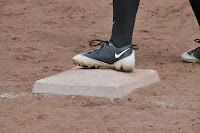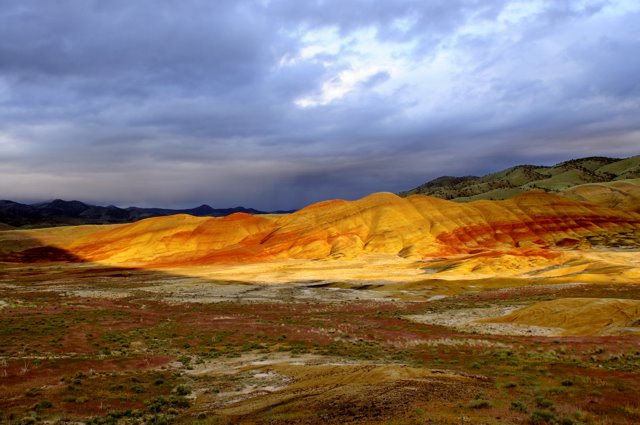This past weekend I handed my camera to one of my grandsons charging him with shooting his brothers baseball game. I had captured two games the day before and thought he would like to do this one. I had the camera set up so all he had to do was frame his shots, something he thinks about and is good at.
 The result of letting him shoot that game is phenomenal. Not every picture is perfect as you might guess, but the story told by the series of images he shot is amazing. All totaled he shot 1191 pictures. Mostly of the ball game, but there are other things there too.
The result of letting him shoot that game is phenomenal. Not every picture is perfect as you might guess, but the story told by the series of images he shot is amazing. All totaled he shot 1191 pictures. Mostly of the ball game, but there are other things there too.It has pictures of me from across the field, he also has pictures of a very pretty girl from across that field too, and later there are more of her from a little closer. I'll talk to him about that! Not that he shouldn't take pictures of girls but how and why and the ethics of doing it. The thing is that he shot and captured what he saw through his lens. Family members and friends all became part of the story. In the end what he captured was the essence of a weekend of baseball with family and friends. It couldn't be done in one or two simple photos no matter how perfect they could be, instead it took over 1000 images to make the story whole. We can edit this down to fewer images and we will, but it will be the photographer, my grandson, and I doing it together and he will have the final say as to what we use in his story. I just might make a coffee table book out of this collection or maybe a screen saver. Isn't photography fun!

No comments:
Post a Comment